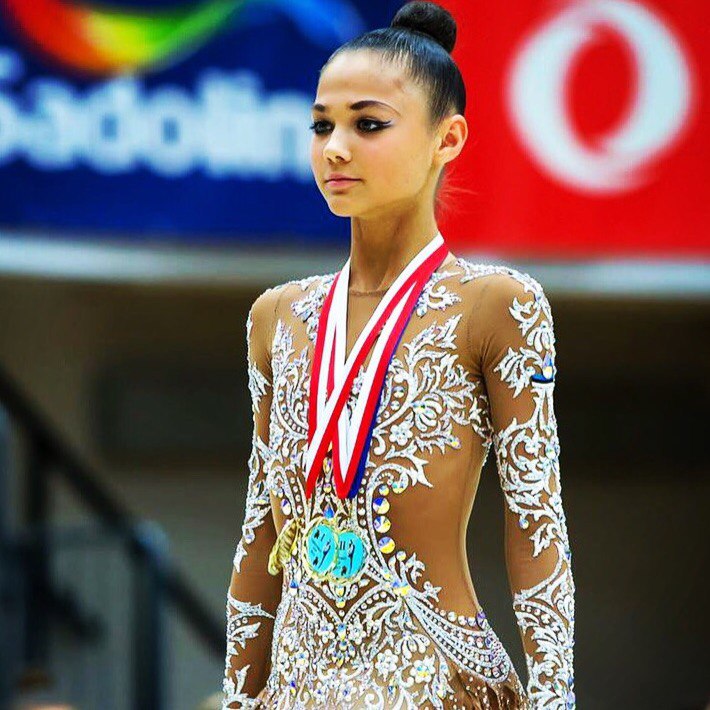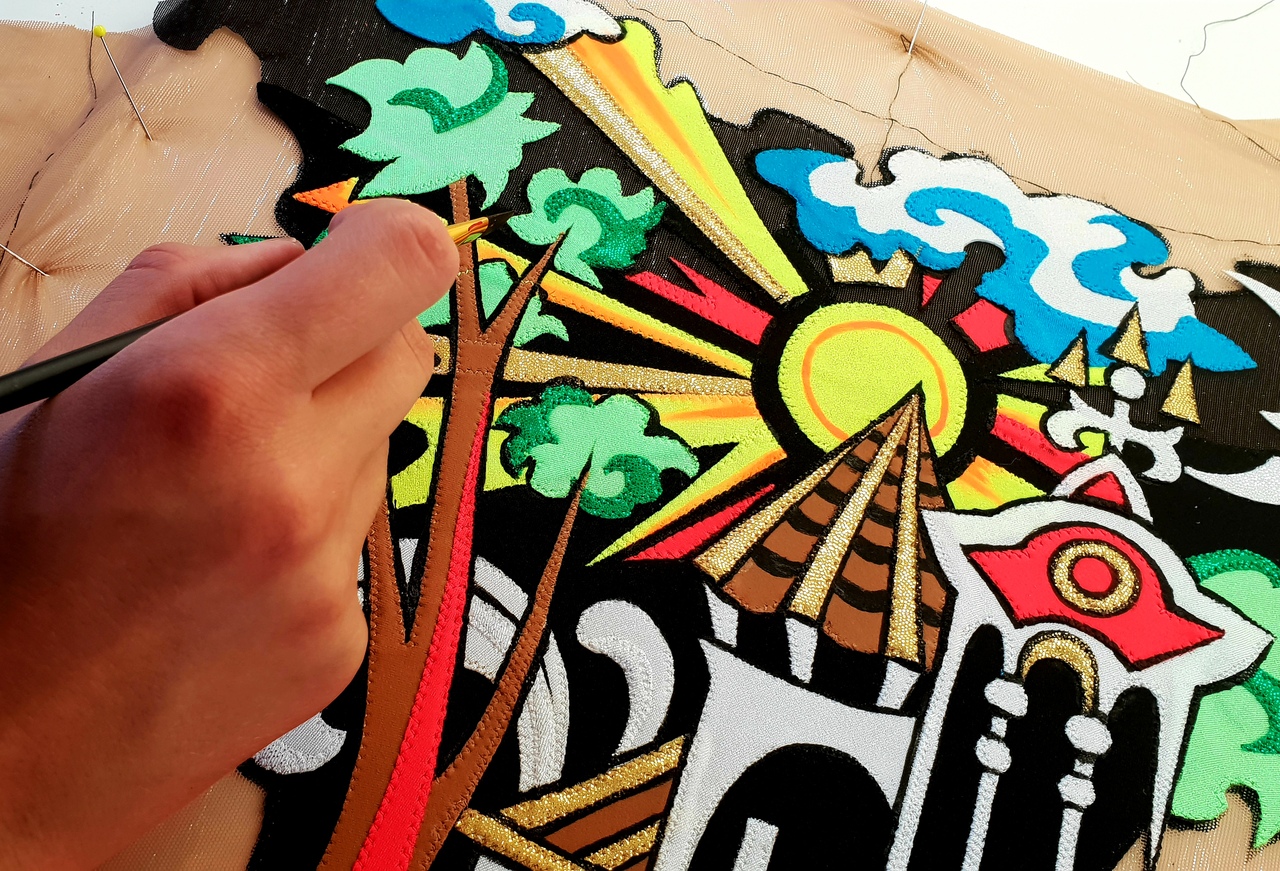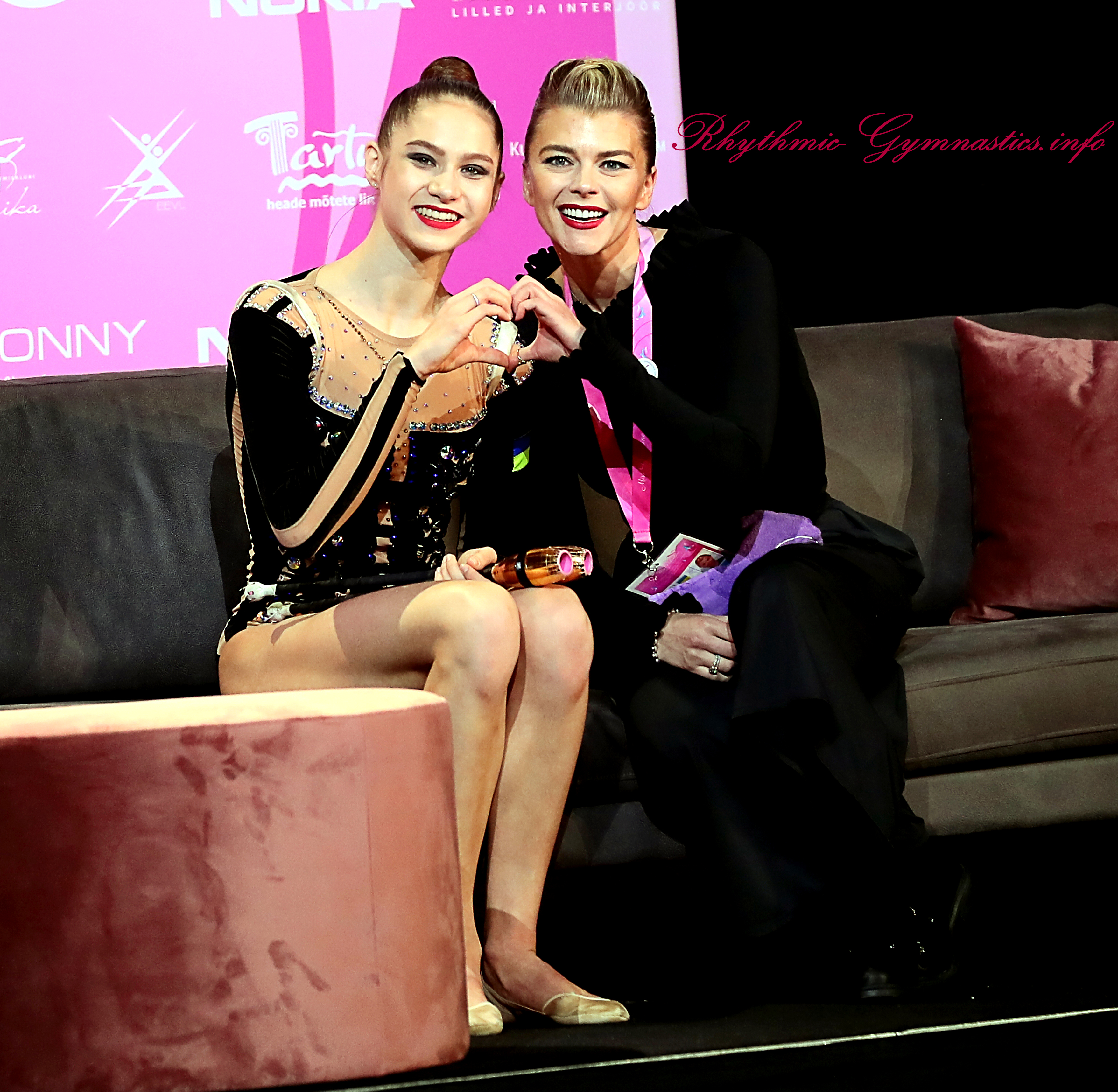
Vlada Nikolchenko and her coach Ireesha Blohina (UKR)
Rhythmic Gymnastics is a very emotive sport: isnt’t it? Gymnasts are rivals but they are also best friends. We all even can see the good relationship between coaches and their gymnast. Natural development through games and sport gives a deep feeling of accomplishment. Emotion is a central feature of Rhythmic Gymnastics. Gymnasts, as well as supporters, could experience many emotions, such as joy, sadness, anger, fear, anxiety, shame or guilt, and pride. Most emotion theorists argue that emotions have the power to motivate and regulate cognitions and behaviors in sport.

Yana Kudryavtseva (RUS) and her coach Elena Karpushenko moments before competition
Happiness and joy are associated with the attainment of important goals and the demonstration of competence, such as winning medals. When they are happy, gymnasts are more likely to smile and embrace significant others (for example, their team partner). Although they could be rivals, Margarita Mamun and Yana Kudryavtseva were really close to each other during Olympic Games. Loss is more likely to lead to sadness, with tell-tale facial expressions, occasional crying, initial behavioral isolation, and the urge to seek comfort from others. Aliya Garayeva from Azerbaijan cried after qualifying 4th at Olympic Games All Around Final.

Ekaterina Halkina (BLR)
Fear is triggered by the appraisal of impending danger related to physical or psychological harm. Ekaterina Halkina confirmed some weeks ago that she suffered from anxiety. The fear emotion can activate fear-related memories and learned behaviors, thus increasing the strength of the fear response.

Margarita Mamun (RUS)
Olympic Champion in 2016, Margarita Mamun starred the documentary by Marta Prus Over the Limit, “an intimate portrait of the world’s most outstanding rhythmic gymnast Margarita Mamun who needs to overcome mental fragility to take part in the Olympic Games.” This riveting documentary reaveals a behind-the-scenes drama about the intensive physical and mental labor put into a sport which thrieves on its beautiful aesthetics.
Gesture in rhythmic gymnastics is deliberate, elaborate, adjusted and designed for a spectacular effect. Its purpose is to make the gymnast’s performance bright and rich. Every gesture has the exact meaning, conveys emotions, feelings and mood, helps to design the whole message of the composition. Many gymnasts open up their emotions on their routines.

Natalia Garcia (ESP)
Even a professional rhythmic gymnast sometimes can’t calm her nerves at the right moment, relax and ease unnecessary tension. In such situation there’s a risk of “psychological breakdown”.
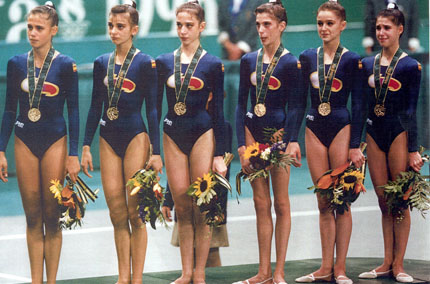
Tears of Spanish Senior Group (Gold Medal) during Atlanta 1996 Olympic Games

Yana Kudryatseva (RUS) mistake at Rio Olympic Games
Many other gymnasts suffered from eating disorders such as anorexia and bulimia. Russian rhythmic gymnastics star, Aleksandra Soldatova revealed a few weeks ago she was suffering from an eating disorder: bulimia. Just a few days before she talked to Tass Press Agency, Russian yellow press confirmed that Aleksandra tried to commit suicide and she was admited into a psychiatric ward at a hospital in Moscow. Spanish promising star, Olatz Rodríguez (17 years old) confirmed in her own Instagram site that she is suffering (and still recovering) from anorexia.
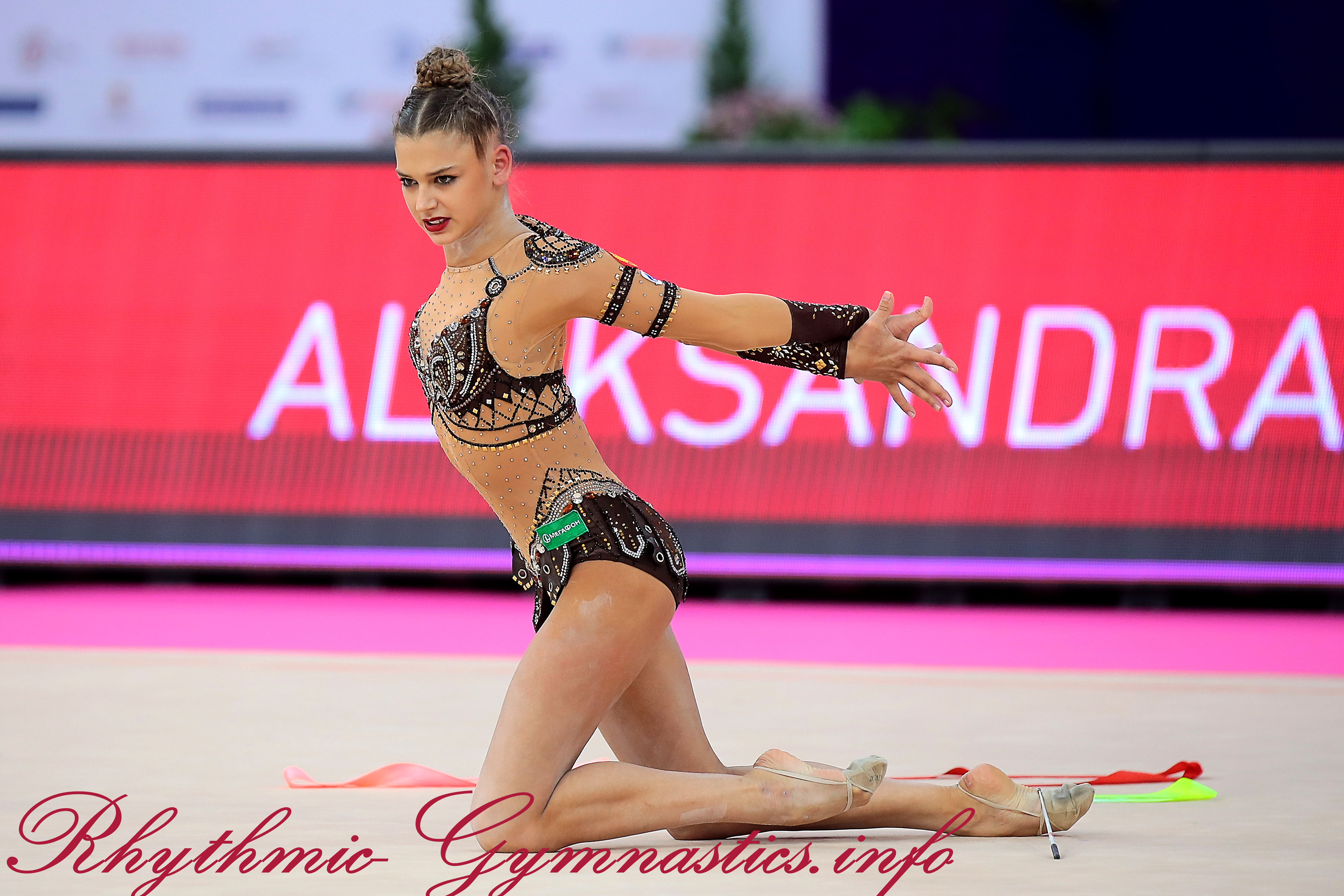
Aleksandra Soldatova (RUS)

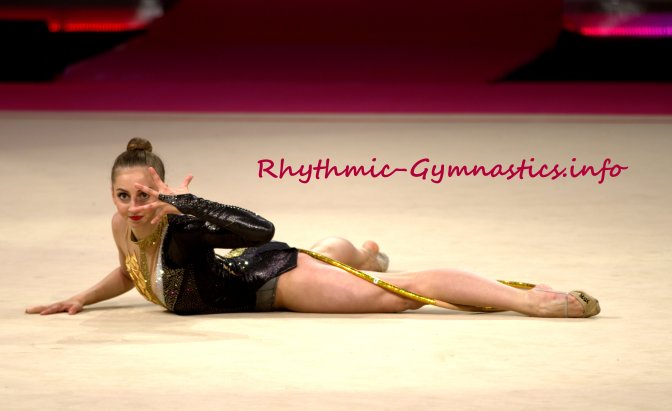
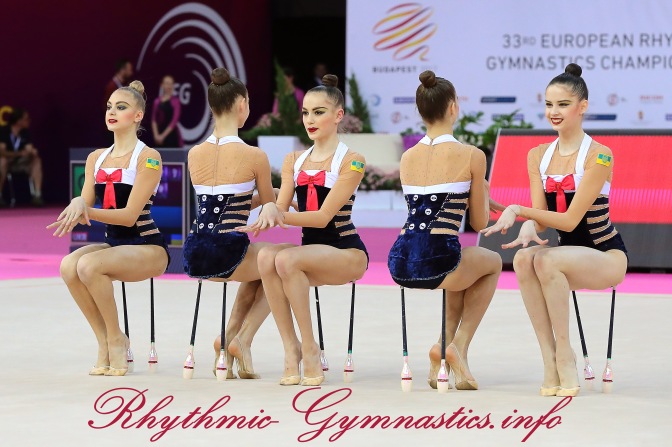
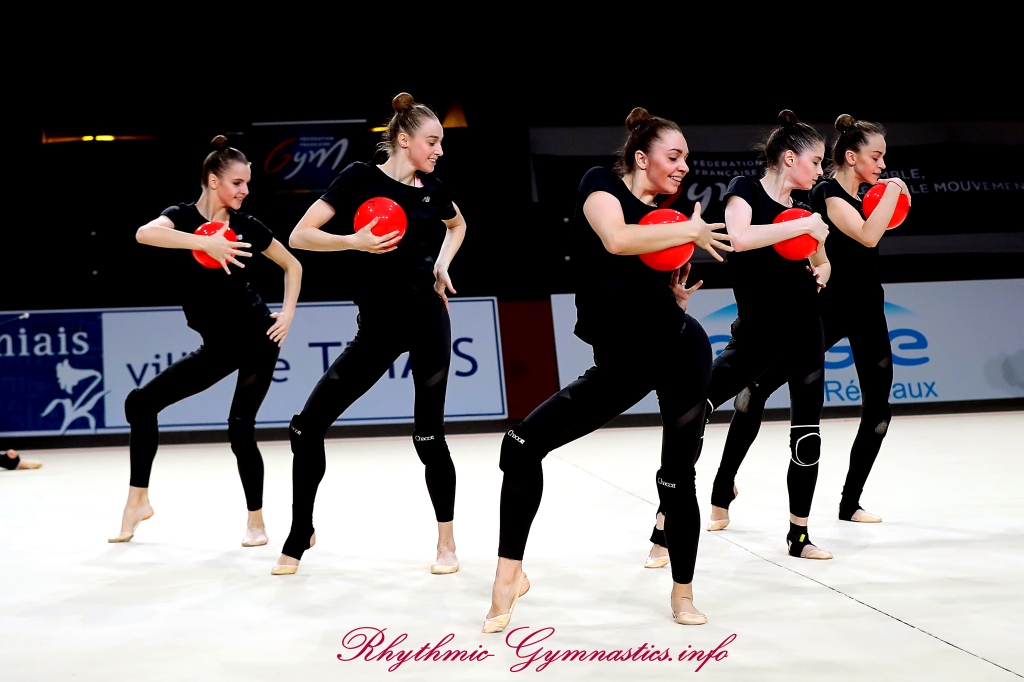
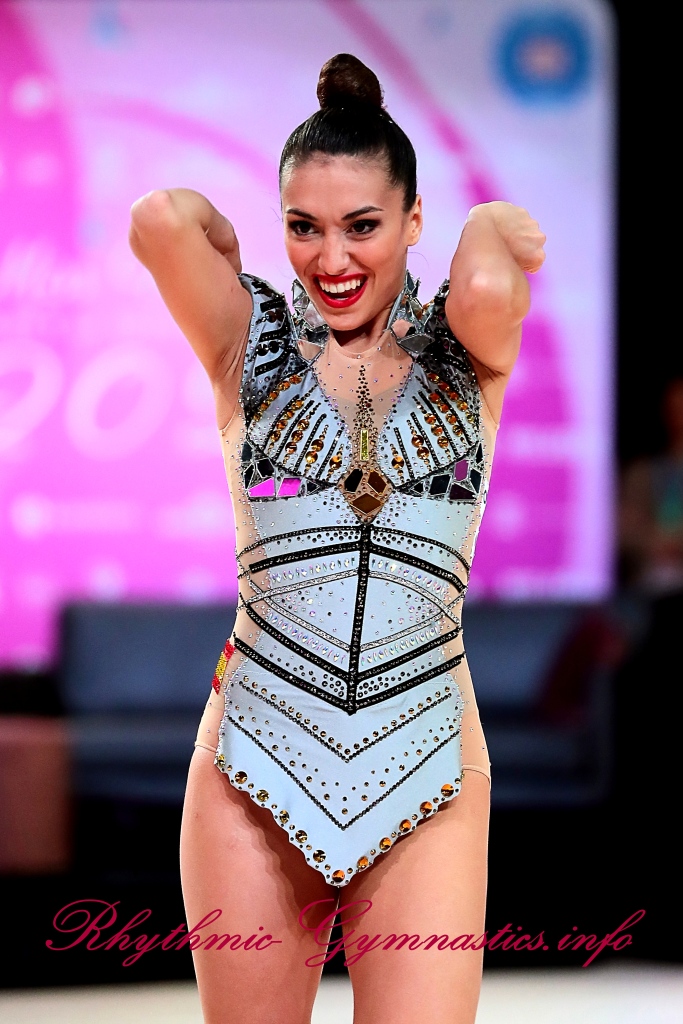
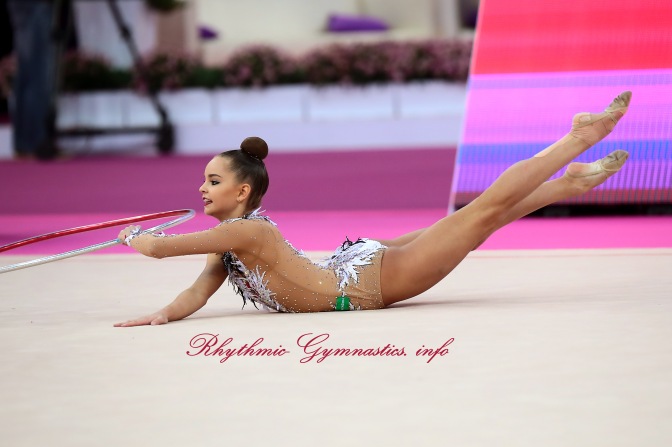
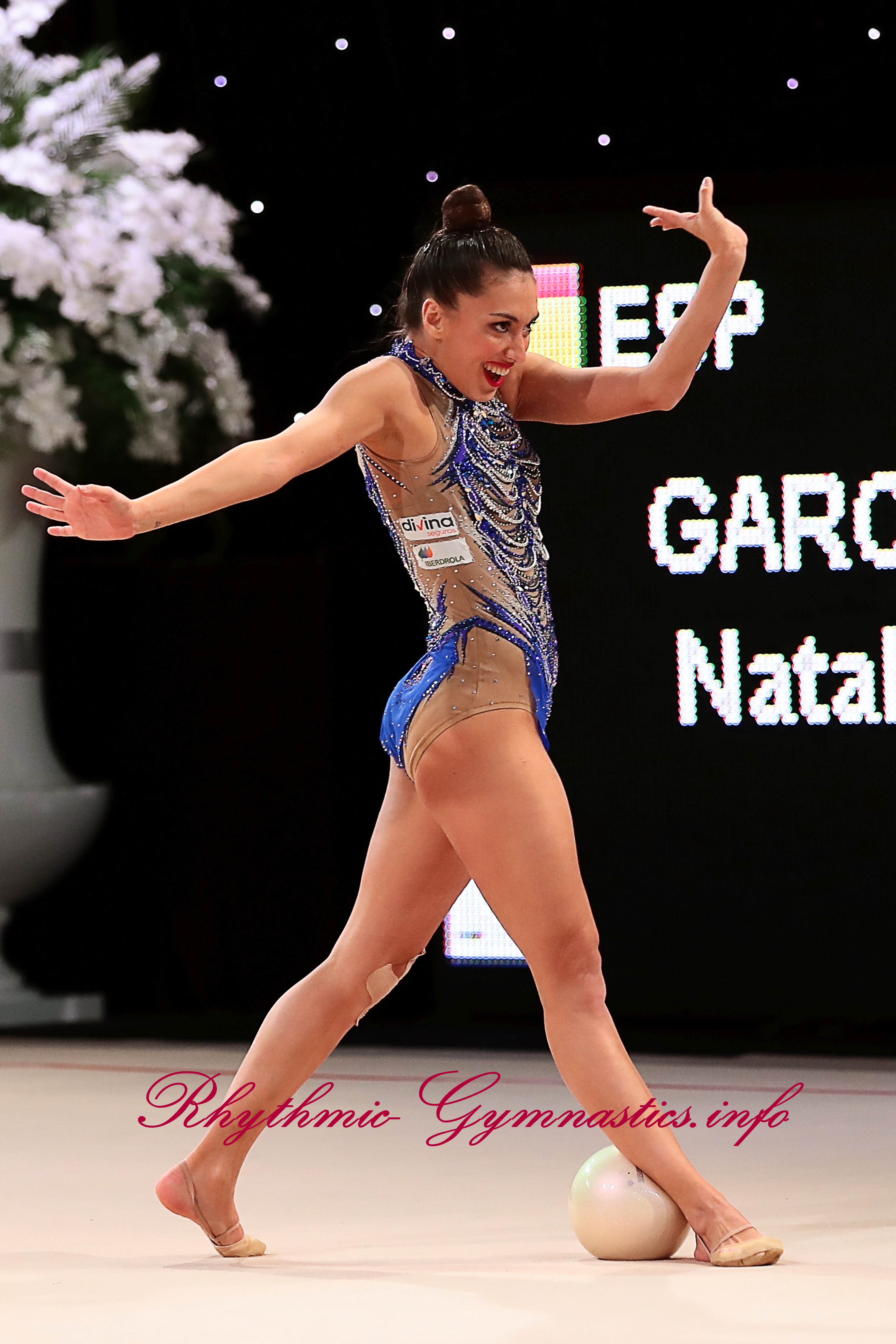


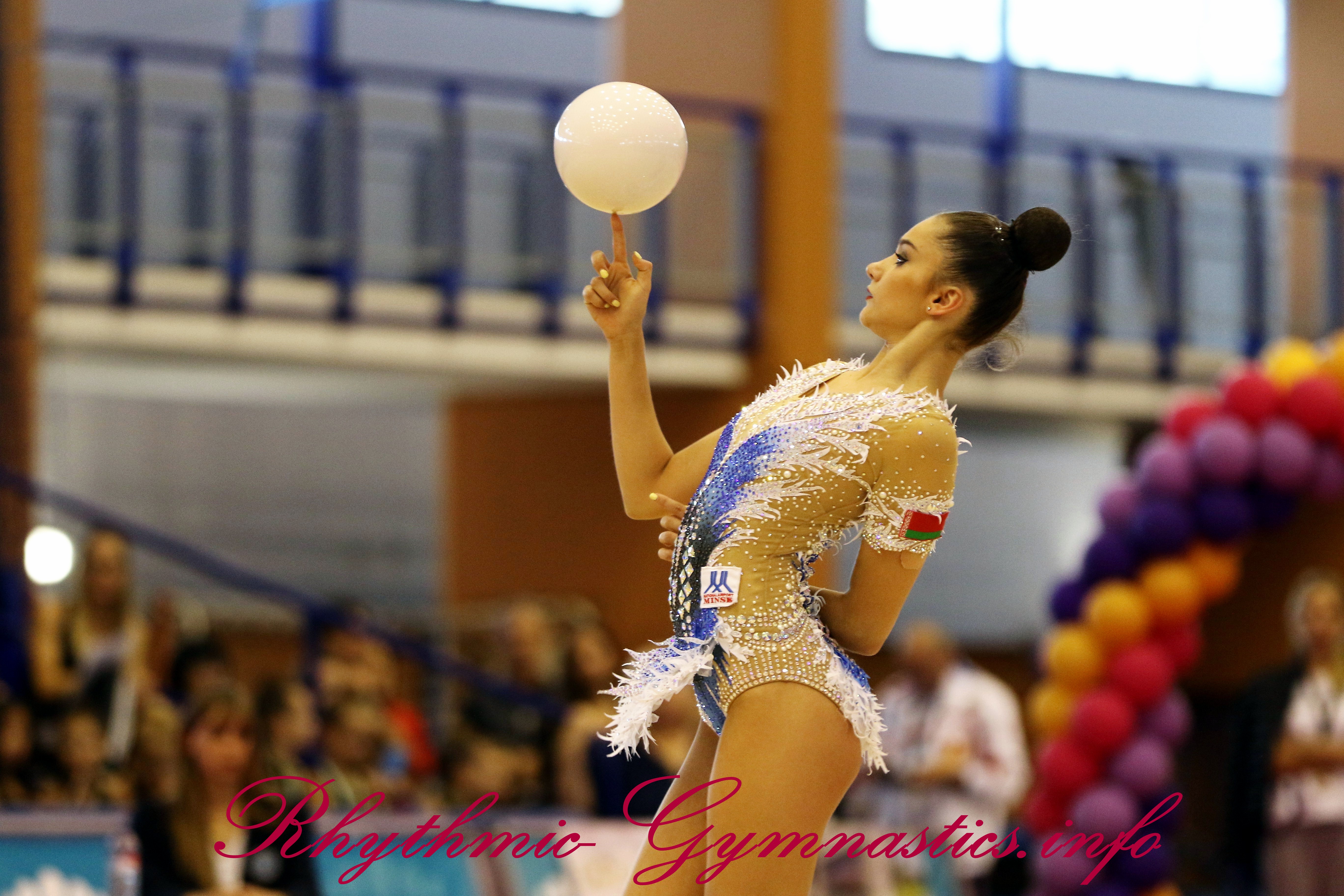
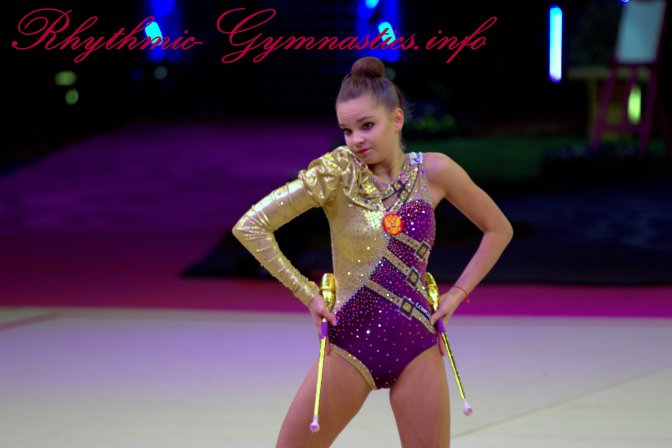
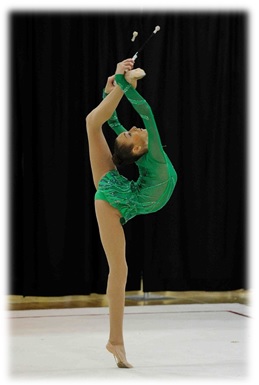



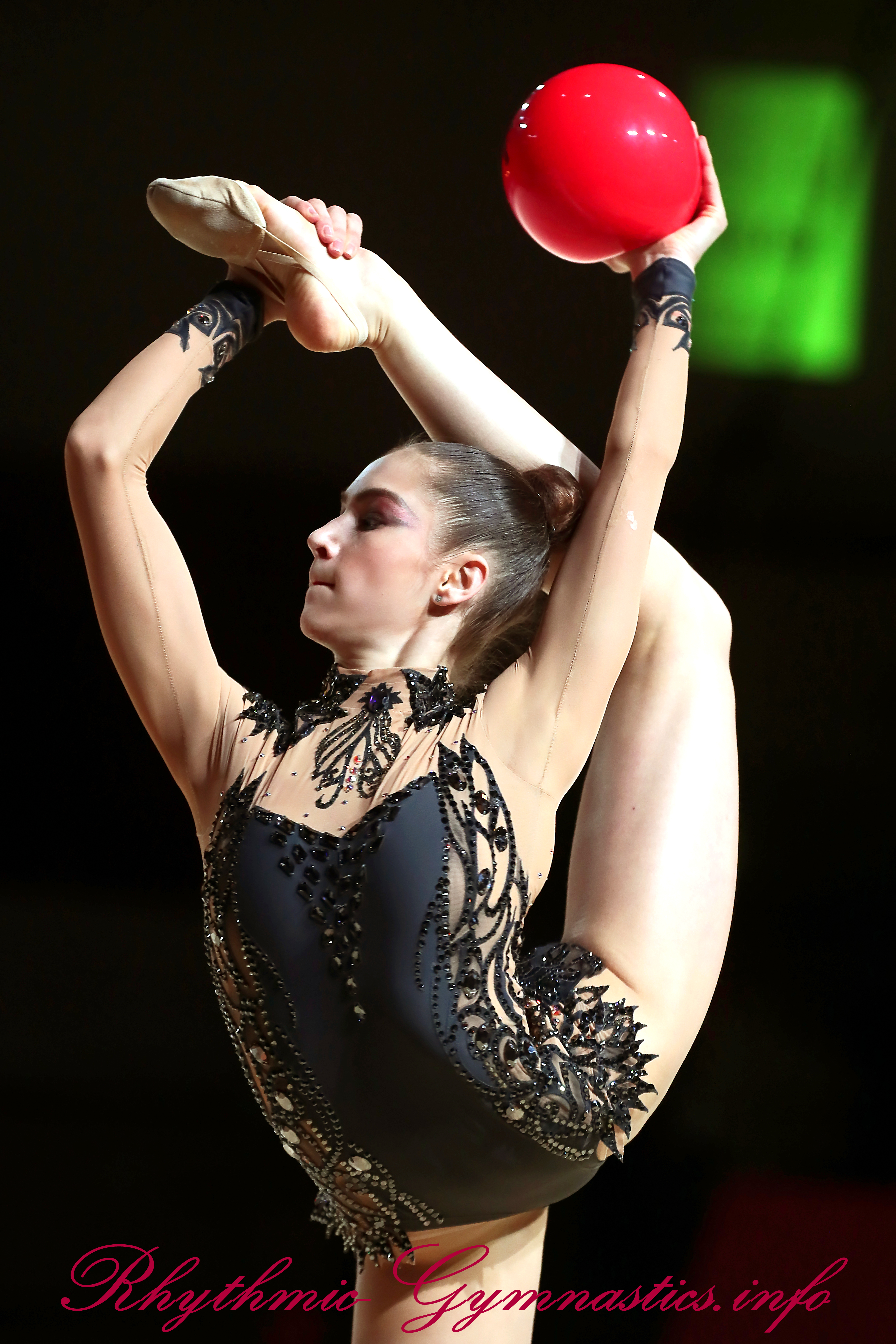



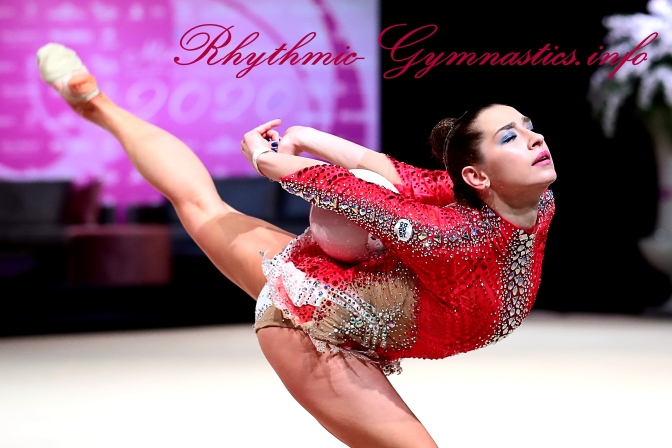








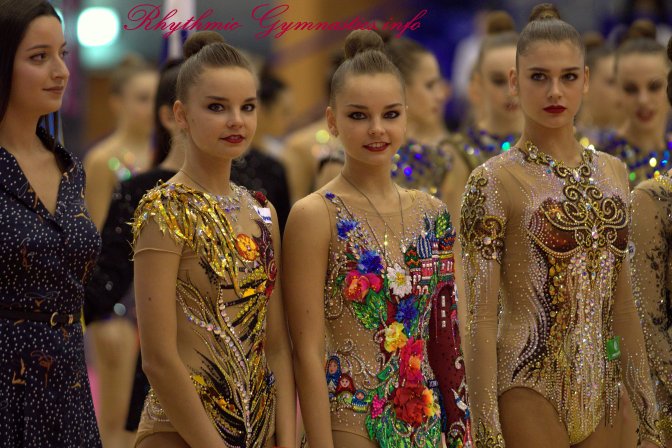
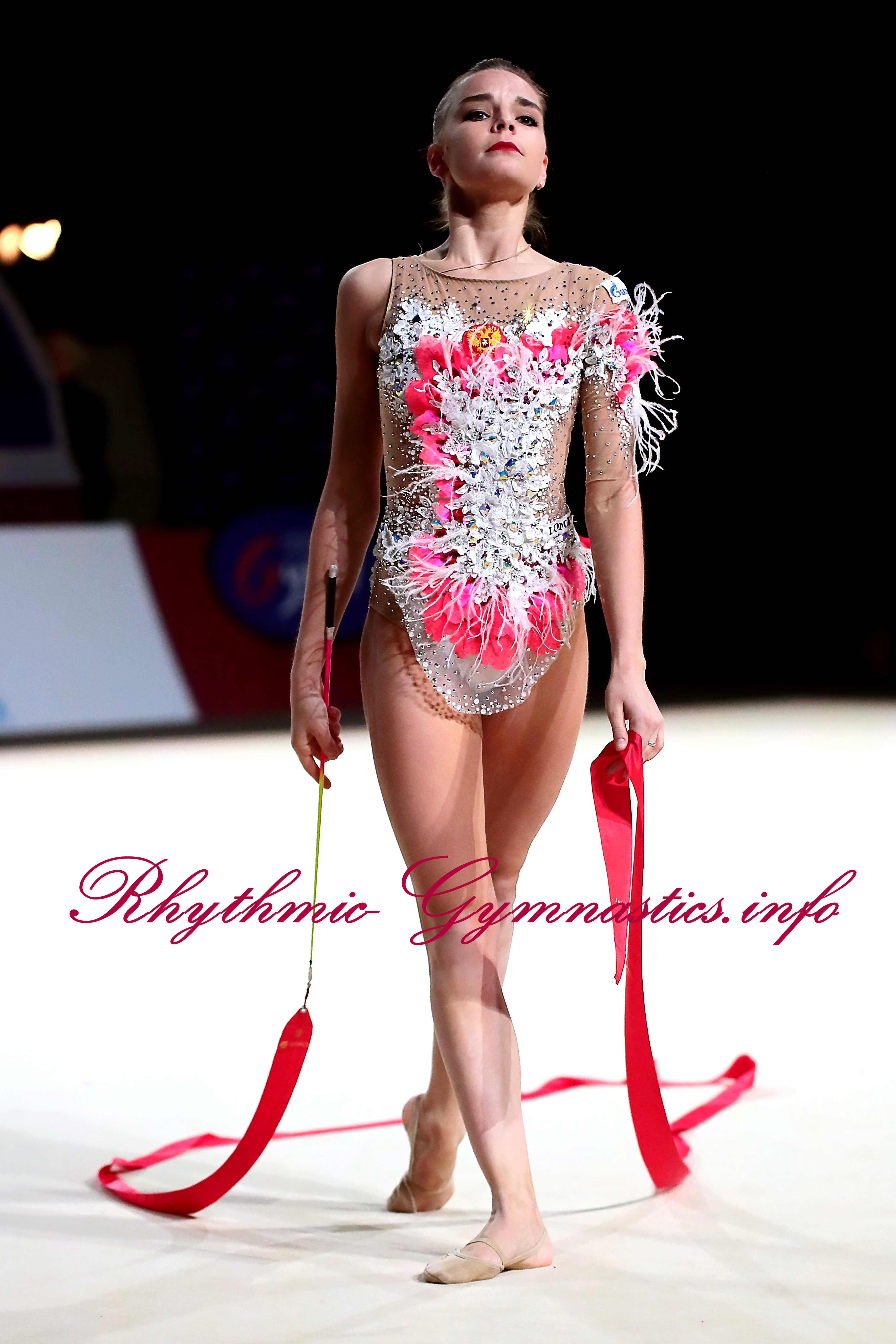
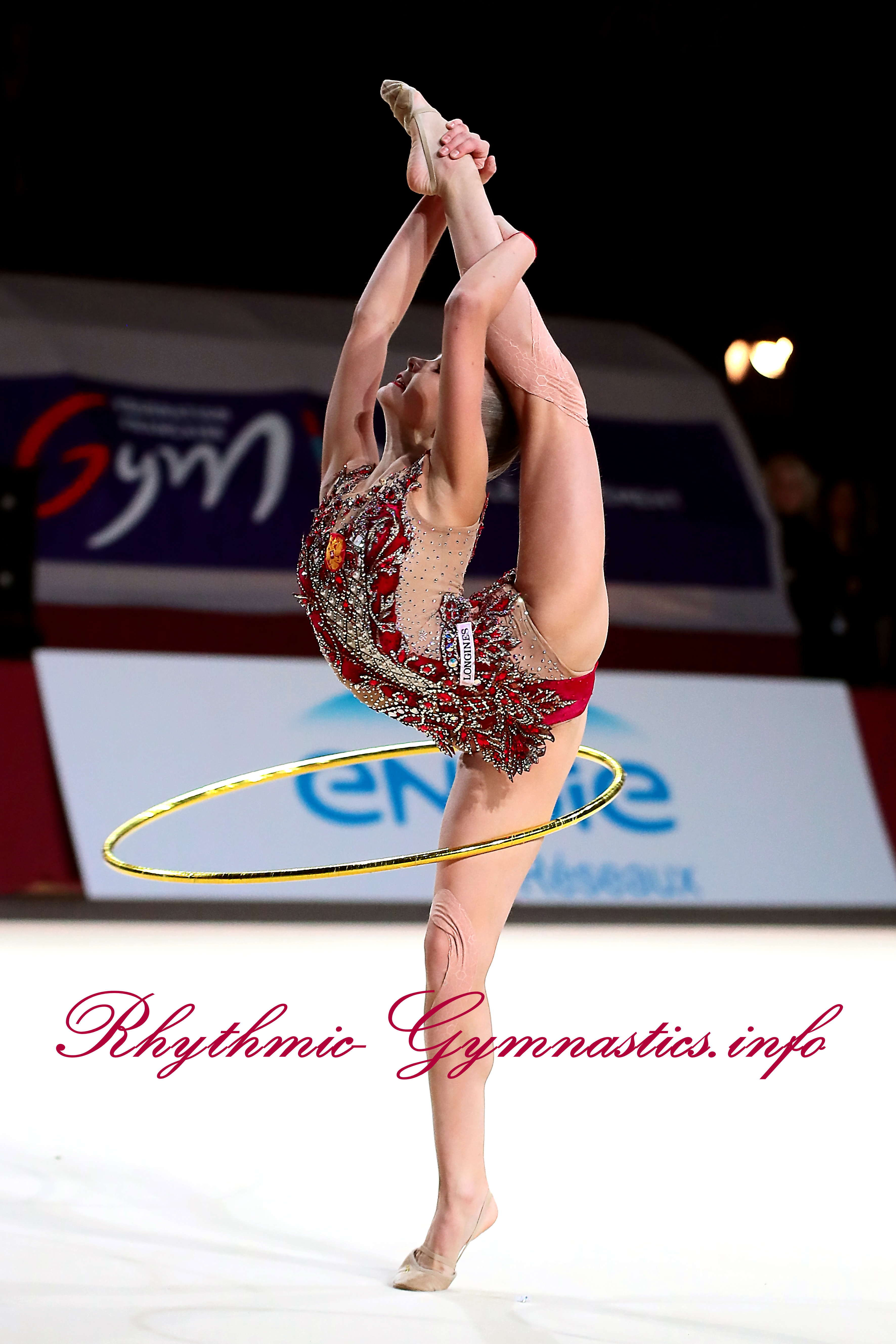

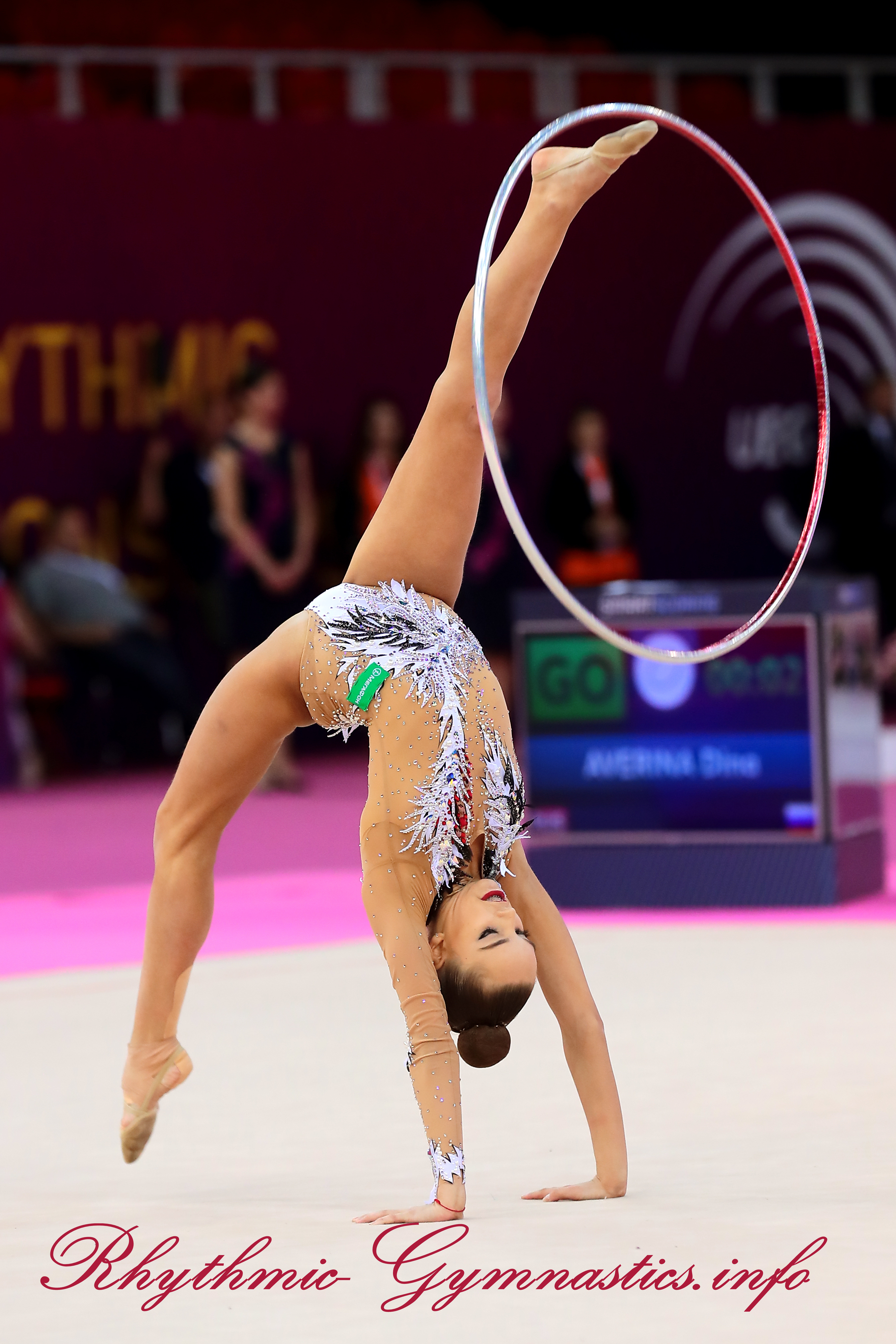

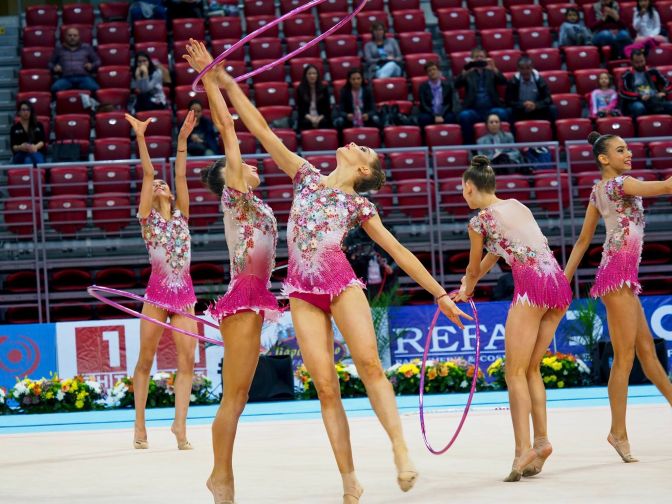

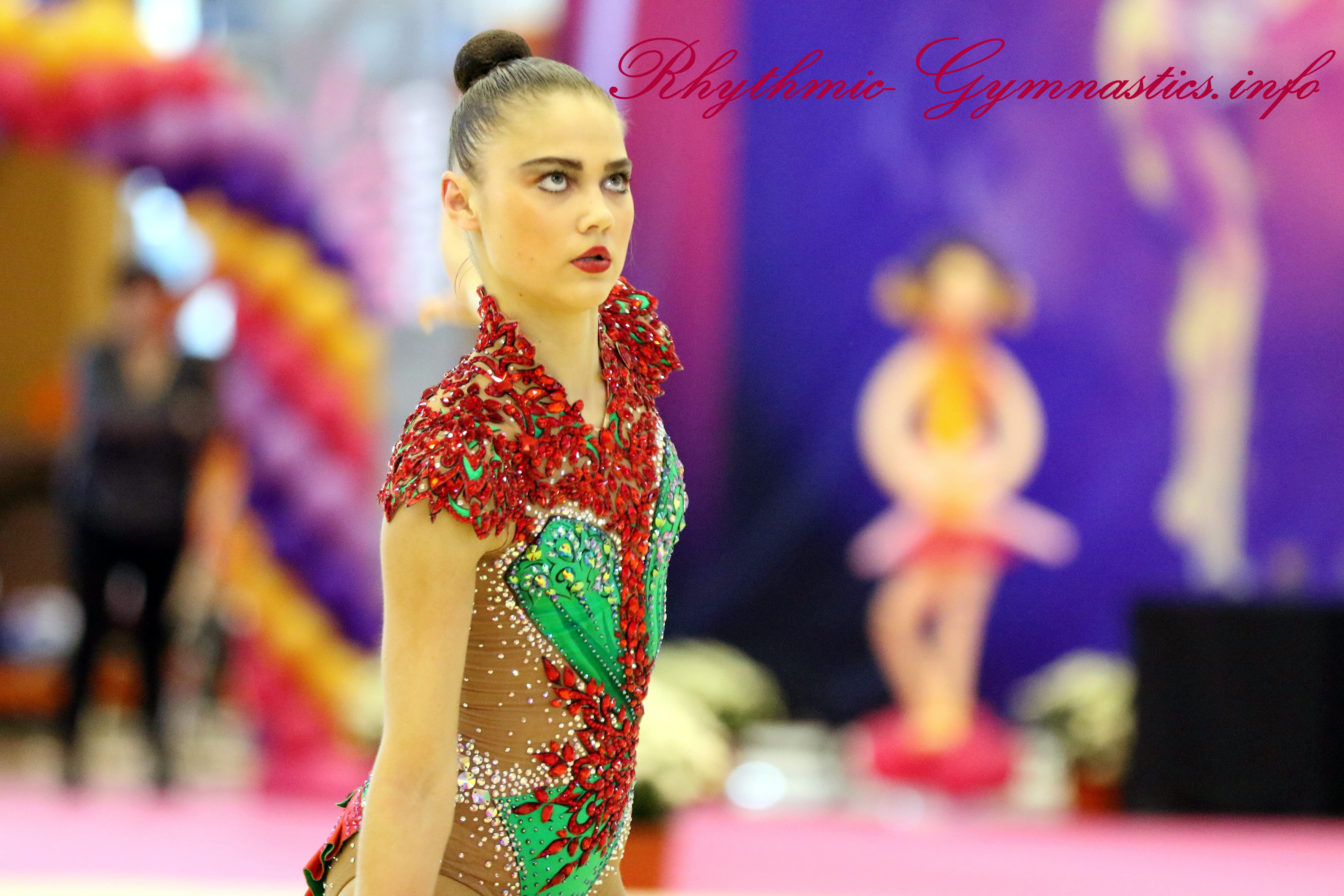



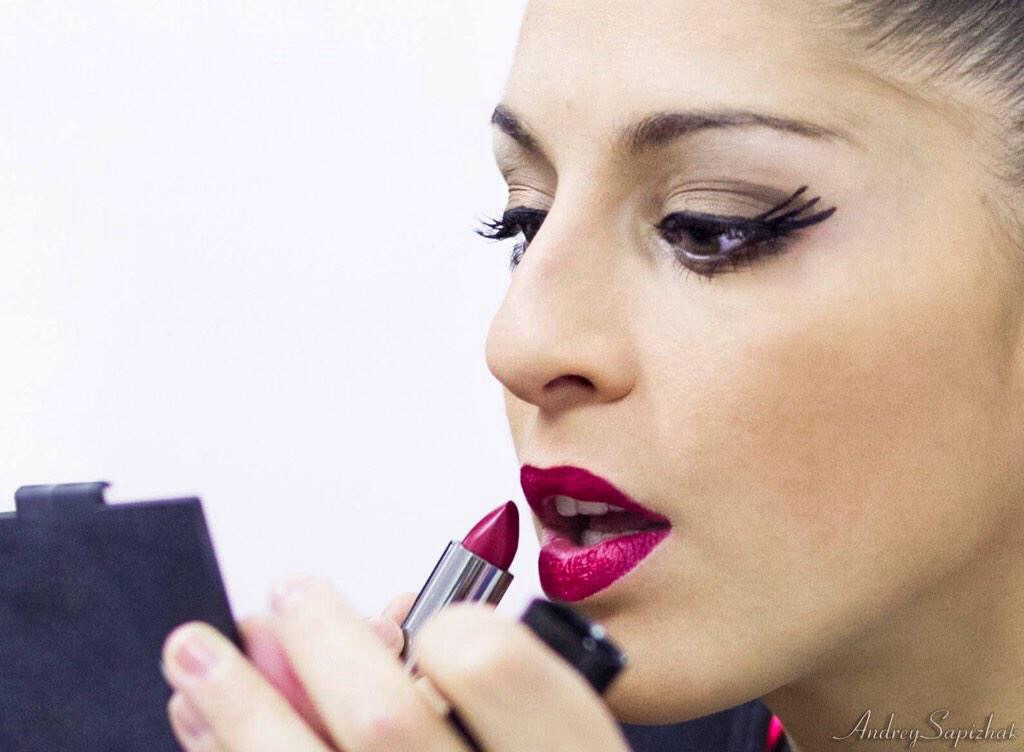
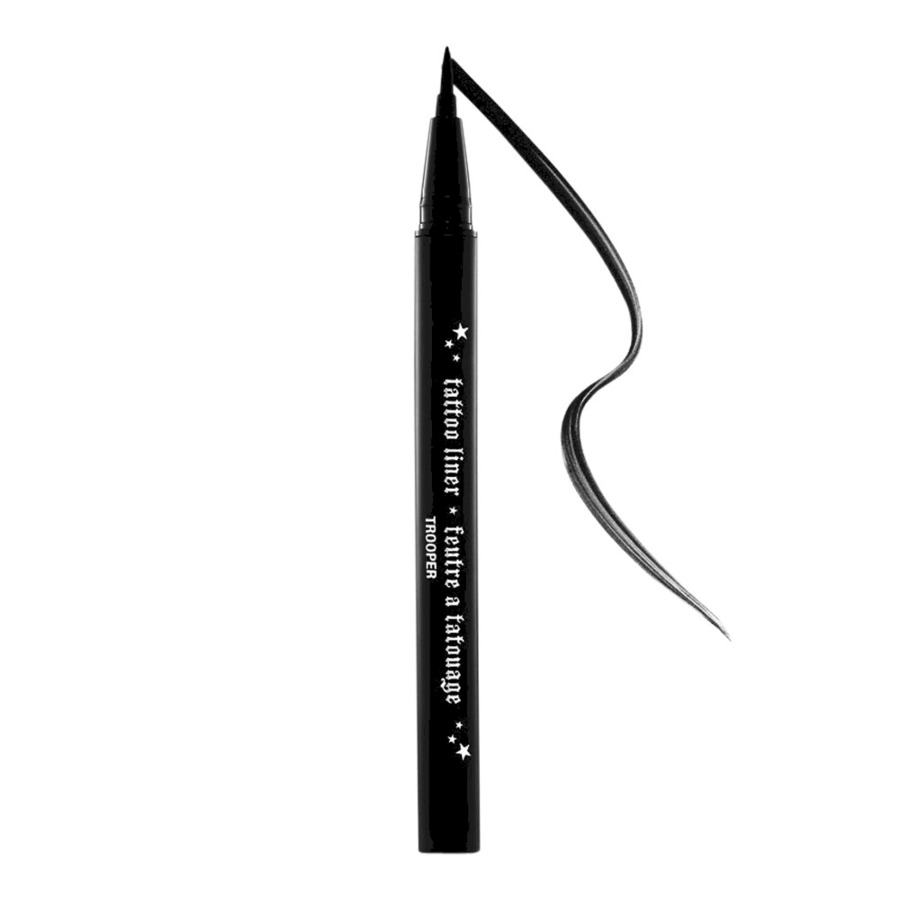

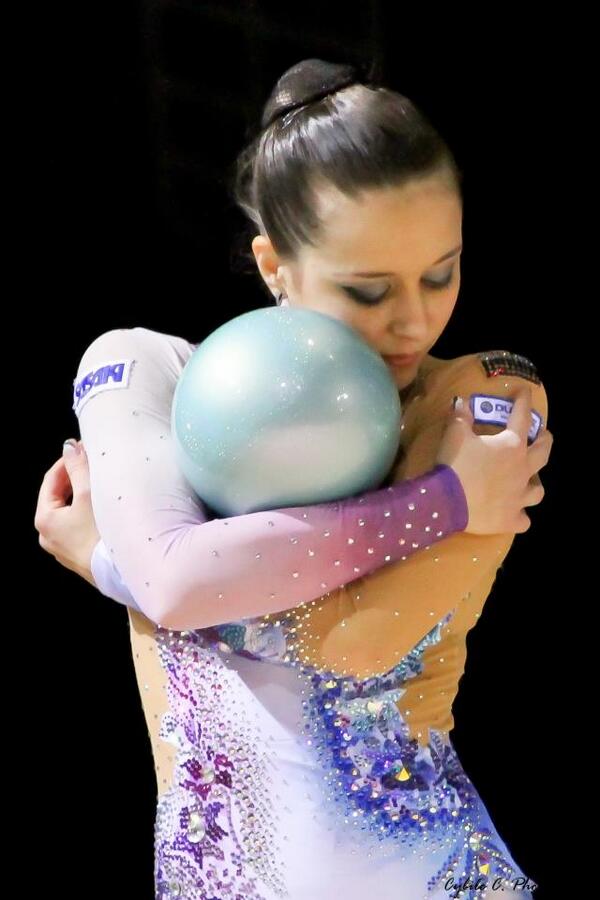
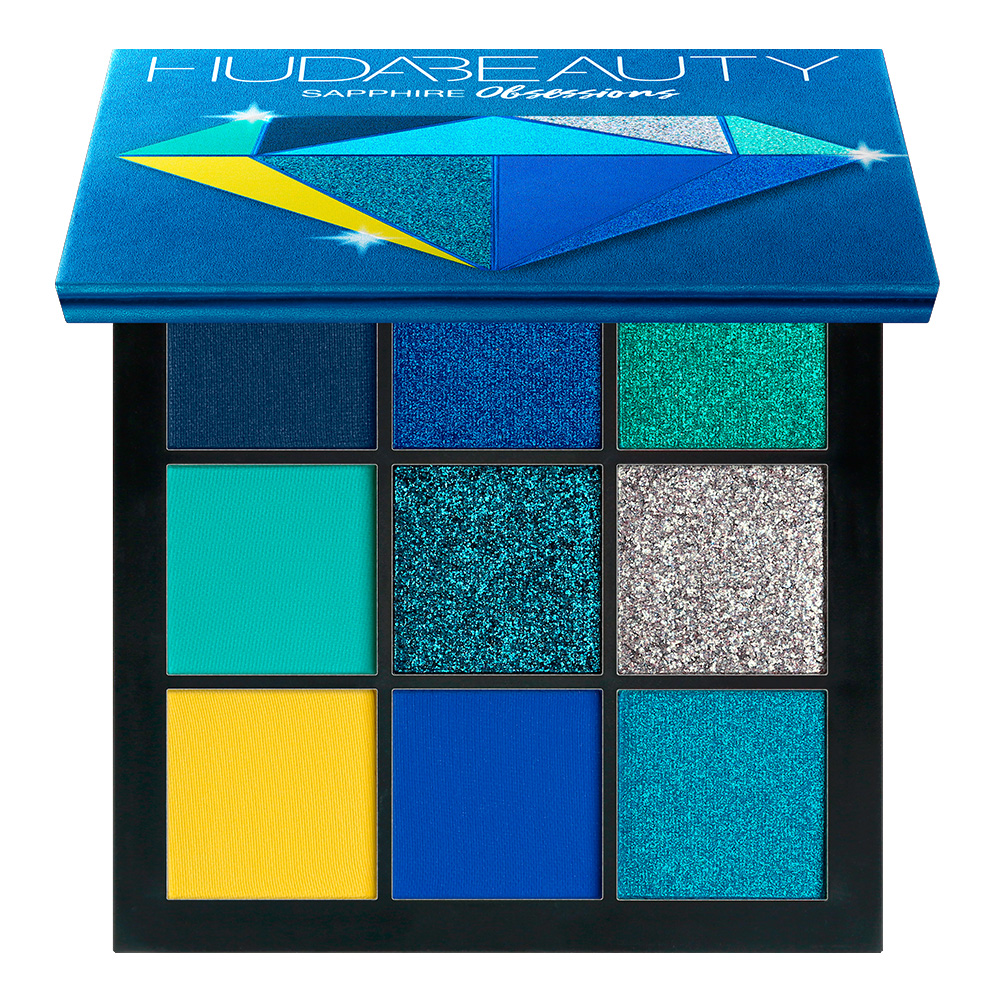
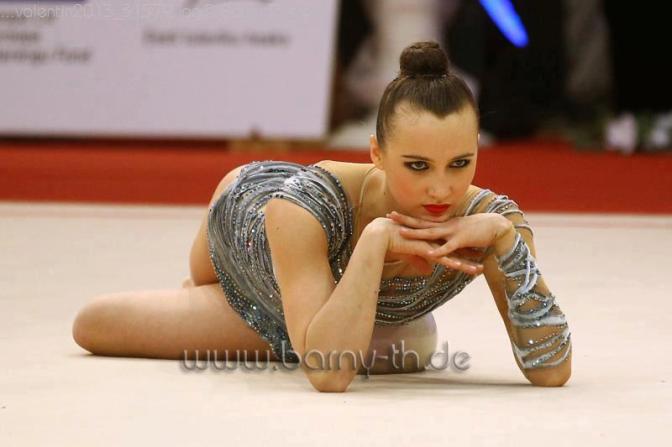
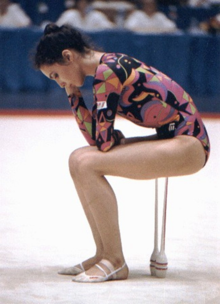

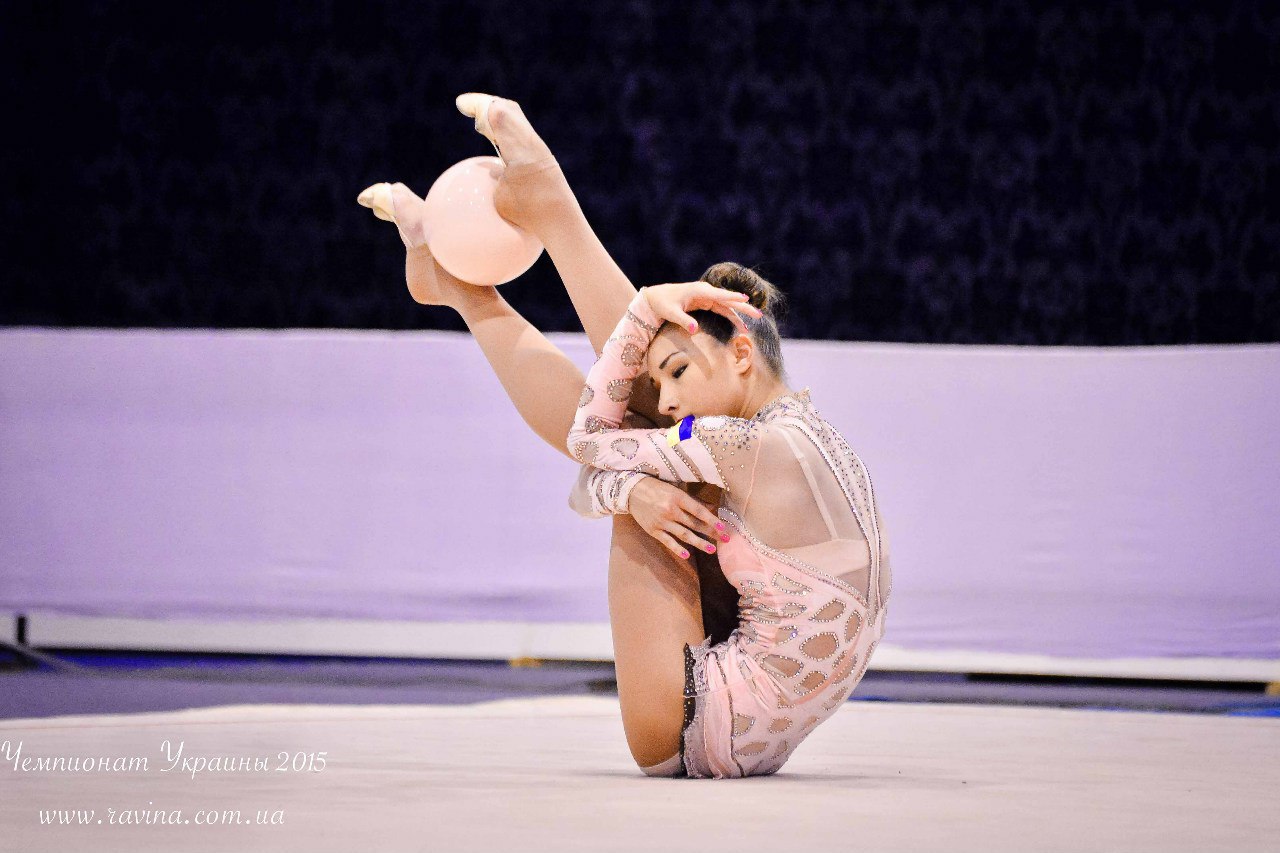
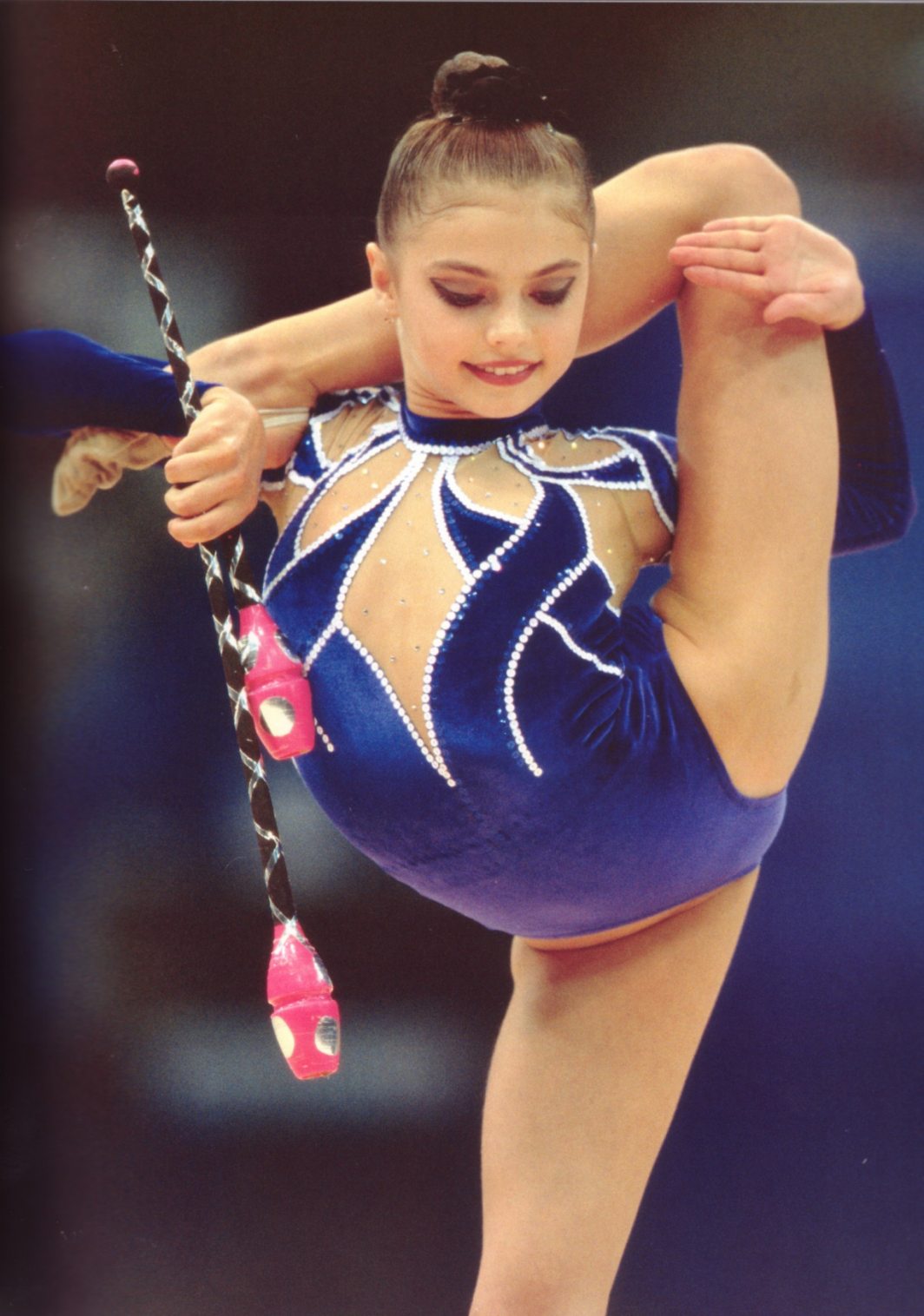

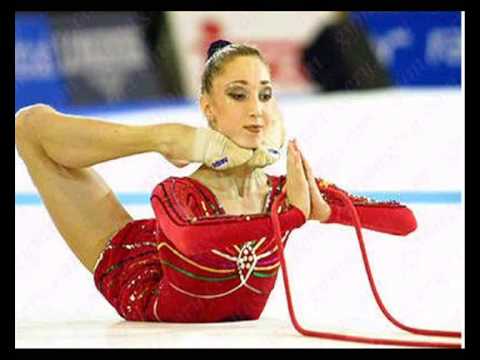
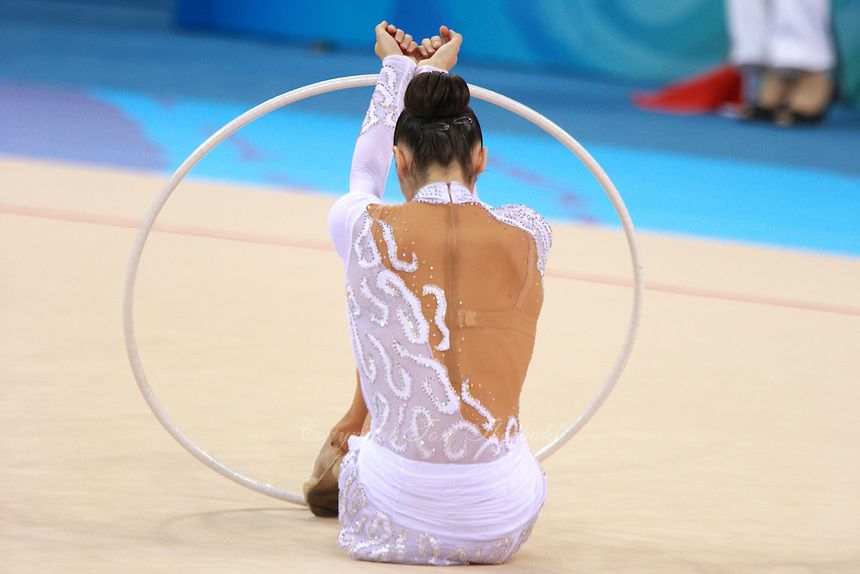
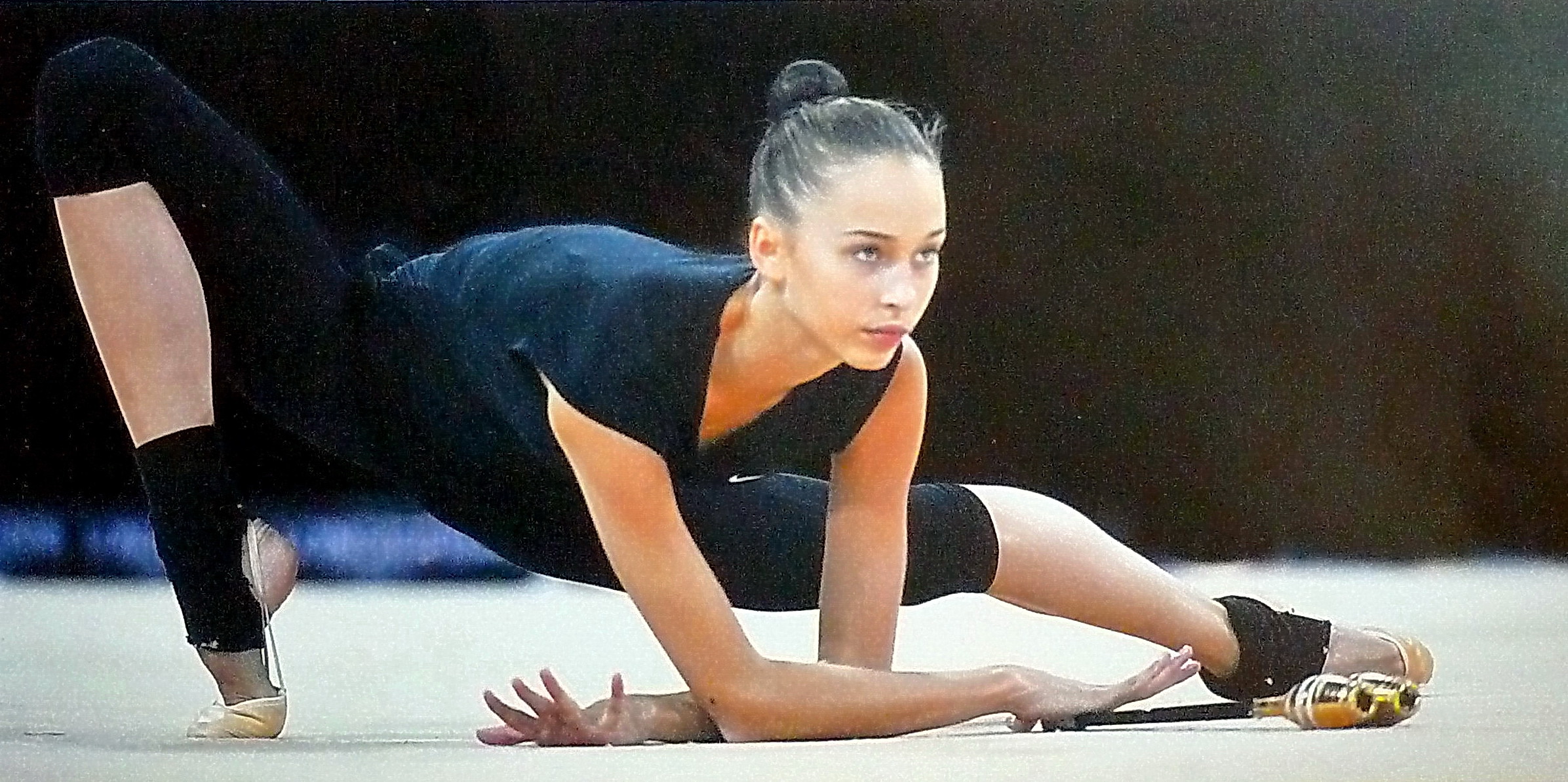
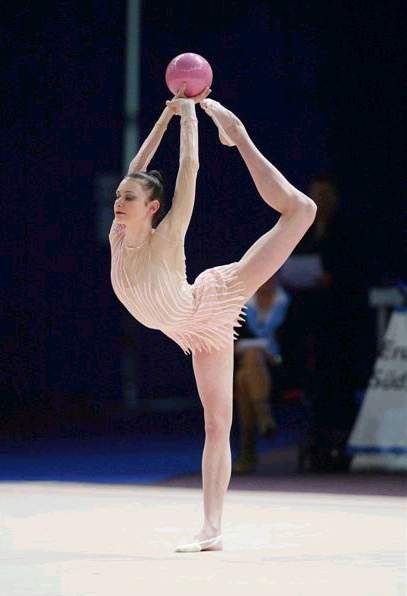 Tamara Yerofeeva (UKR) starting with a balance that continued with a tourlent.
Tamara Yerofeeva (UKR) starting with a balance that continued with a tourlent.
